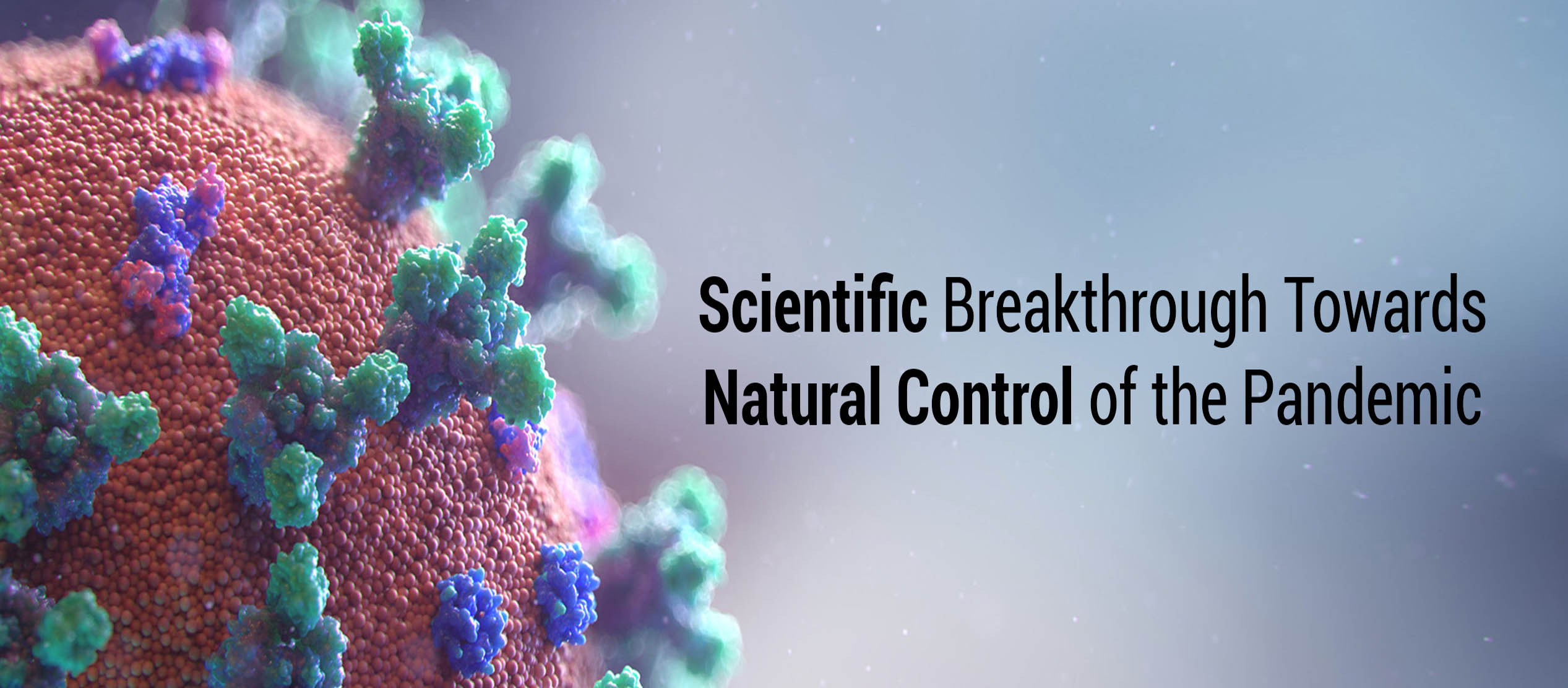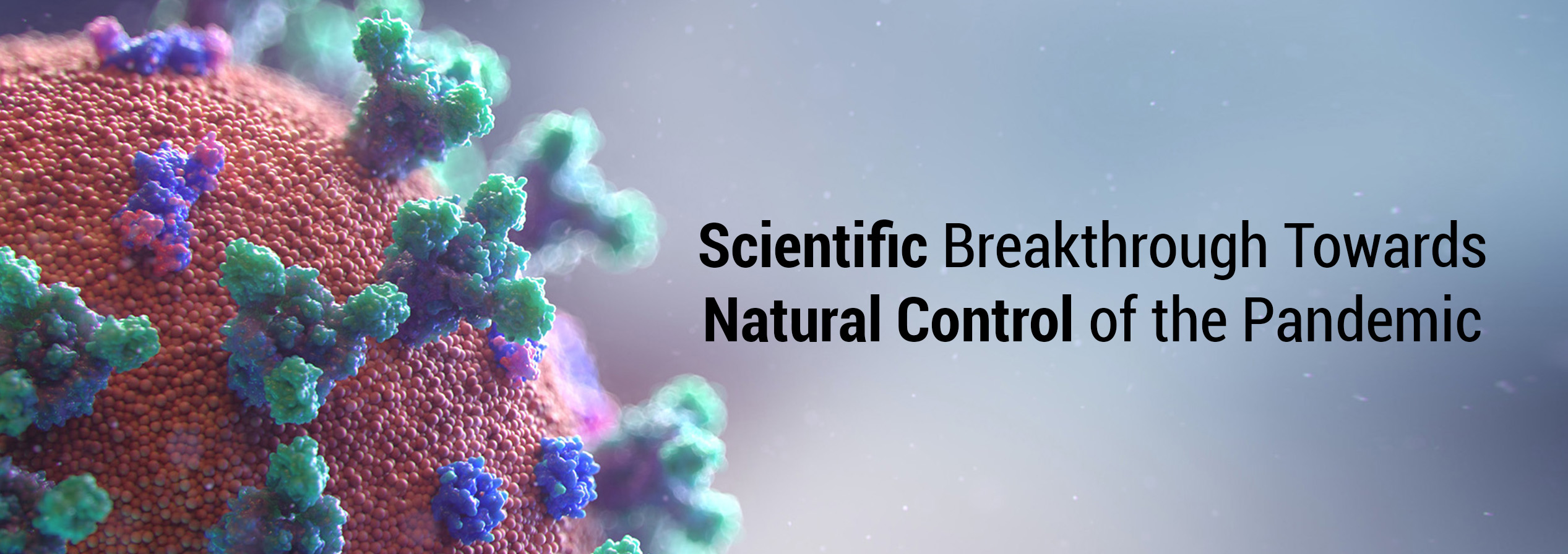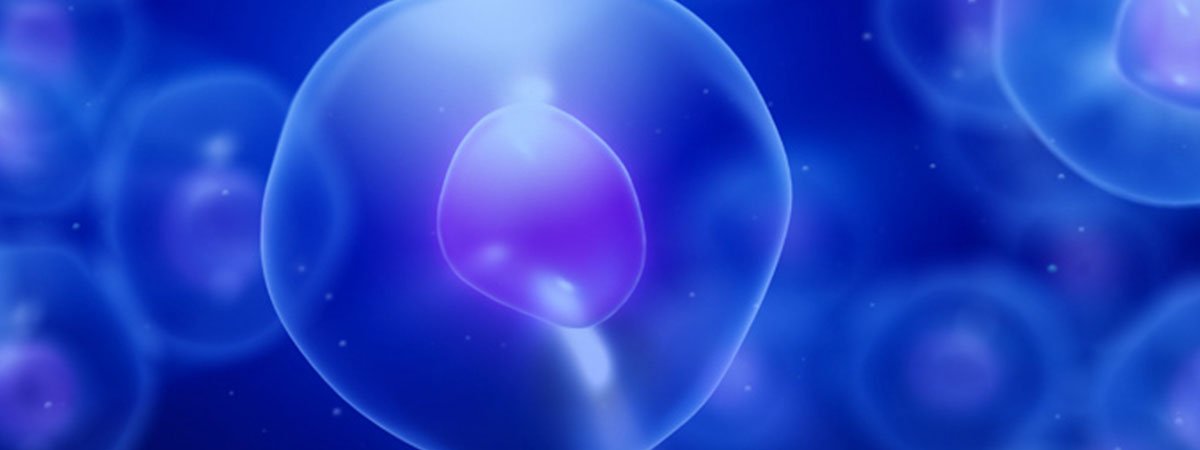M.W. Roomi, J.C. Monterrey, T. Kalinovsky, M. Rath, A. Niedzwiecki
Oncology Reports 2009; 21(3): 821-826
Invasion of surrounding tissues by malignant cells is a complex process mediated by the matrix degrading enzymes. In many solid tumors, the expression of MMPs, especially MMP-2 and MMP-9, is higher in stromal cells than in the tumor cells, suggesting stromal cells as the major source of these enzymes. Cytokines and signal transduction pathways, including those activated by phorbol 12-myristate 13-acetate (PMA), regulate the expression of MMPs. The aim of this study was to examine the pattern of MMP-2 and MMP-9 expression in human normal cells and in PMA-treated cells to determine if specific patterns of expression were associated with tissues of different origin.
Epithelial, connective, and muscle tissues were selected since carcinomas, sarcomas, and adenosarcomas are derived from these tissue types, respectively. The cell lines were cultured in their recommended media and supplemented with 10% FBS and antibiotics in 24-well tissue culture plates. At near confluence, the cells were washed and fresh medium added. A parallel set of cultures was treated with PMA. After 24h incubation, media were collected and analyzed for MMP-2 and MMP-9 by gelatinase zymography. The results indicate that the normal cell expression of MMP-2 and MMP-9 depends on their primary tissue subtype. All cell lines, regardless of tissue origin, expressed MMP-2. PMA induced MMP-9 expression in glandular epithelia, supportive connective tissue, and muscle tissue cell lines. However, cell lines of endothelial origin and proper connective tissue were insensitive to PMA. These results suggest that MMP-2 and MMP-9 are differentially regulated and an understanding of this may open up avenues to use these enzymes as targets for therapy.
The full study is available online at:
http://www.spandidos-publications.com/or/21/3/821




















